We’re pleased to introduce a new member to the Outdoor Photography Guide team of contributors: Sarah Marino. Sarah travels the country in a 25-foot Airstream trailer, photographing landscapes large and small along the way. We sat down with Sarah to learn more about her work and travels, and discuss her approach to nature photography. Read on.
Outdoor Photography Guide: How did you get started in photography? Specifically how did you make the leap into doing it for a living?
Sarah Marino: Like many other landscape photographers, my interest in photography stemmed from my love of wild places and interest in documenting my travels. After years of pursuing photography as a serious hobby, my first foray into earning an income through photography came in 2013 with co-authoring a self-published ebook, a location guide to Iceland. Since then, we have expanded our business to include other educational ebooks, image licensing, and photo education through workshops and tours. I still split my professional time between landscape photography and my nonprofit consulting business, with the photography part making up more of my time each year.
OPG: Do you have any formal training in photography?
SM: I consider myself a self-taught photographer. Although I participated in a few photo tours early on, they were not very educational. I learned some helpful field techniques as part of those experiences but otherwise, I learned most of what I know about photography from studying photography books, reading through online resources, and absorbing all I could through online photo sharing and critique communities.
OPG: You’ve traveled to some amazing places – do you have a favorite location?
SM: My favorite place is often the place I most recently visited because the awe and wonder of a new experience is fresh in my mind. Still, I do have a few favorite places. In the US, Death Valley National Park, the Colorado Plateau, and Colorado’s San Juan Mountains are places that keep calling me back. I find each of these landscapes to be particularly fascinating, and with repeat trips, I think I can do a better job of representing them in a photographic portfolio. I also really enjoy traveling in Iceland, although it has become so popular in recent years that some of the wildness that was so enchanting on my first trip has dissipated.
OPG: Where are you planning to go next?
SM: My husband and fellow photographer Ron Coscorrosa and I live part-time in Colorado and part-time in an Airstream trailer traveling around North America. We plan to spend a good portion of this summer in the northern Rocky Mountains, specifically with some extended time in Glacier National Park. Since neither of us has spent more than a few days in the park, we are looking forward to having a lot of time to explore a place that is virtually new to both of us.
OPG: What subjects do you enjoy shooting most?
SM: Within the continuum of nature photography, I enjoy photographing a wide range of subjects from grand landscapes to nature’s smallest scenes. High alpine environments, deserts, and trees are probably my favorite subjects but I can find something to appreciate and photograph in any natural place. I am a rarity among landscape photographers in the sense that I also enjoy photographing on clear days, as the pinks and blues of twilight on a clear day can often be as beautiful as colorful clouds.
OPG: What’s in your camera bag?
SM: A minimalistic kit of old gear! Since we hike and explore a lot, I do not like carrying around a lot of gear. I almost always have a camera body, wide angle lens, mid-range zoom, telephoto, and macro lens with me. I use a Canon 6D which is ancient by most people’s camera standards, paired up with a set of Canon L-series lenses that I have been using for many years. I also have a teleconverter, reflector for creating even lighting, extra batteries, hiking GPS, headlamp, microfiber towel, and first aid kit stuffed in a hiking-oriented camera bag.
OPG: What’s your favorite lens and why?
SM: I do not have a favorite lens. I regularly use focal lengths from 16mm to 300mm and use more than one lens during each and every photography outing. Since I enjoy photographing all sorts of subjects under many different types of conditions, all of my lenses have a place in my camera bag. In terms of technical capability, my 100mm Canon L-series macro lens is a joy to use. It’s super-sharp, lightweight, and always gets the job done.
OPG: How important is post-processing to your photography?
SM: I came to photography as digital technology was taking hold so except for some less-than-serious experimentation in high school, I have no experience with film photography. Thus, using software to optimize images has been an integral step from the beginning. For my color photography, I use Lightroom and Photoshop but am committed to keeping my photos grounded in the reality I experienced when out in the field. The field experience is what draws me to photography and I like the challenge of working within the constraints of the camera. Therefore, extensive manipulation of a scene or creating elements that did not exist just doesn’t interest me.
For my black and white photographs, I do like the going far beyond the bounds that I place on processing with my color photographs. Since working in black and white represents a departure from how we see the world in the first place, I feel less constrained by the actual experience. Black and white processing allows me to play up the drama and darkness that I do not pursue to the same degree for my color photography.
OPG: What is it about photography that drew you to it as a creative medium?
SM: When I took up photography, I did not really think of it as a creative medium since the purpose was documenting and sharing my experiences with others through photographs. As I learned and read more about photography, I started to understand that photography can be used as a vehicle for personal expression which has taken over as the primary motivator in my work today.
I also took up photography at a particularly stressful time in my life. I had a difficult job leading a turn-around at a nonprofit organization and was in graduate school full-time. Being in nature with my camera became a meditative, calming experience in an otherwise unhappy existence. These experiences in photography helped me see that I could choose a different path than the one I was on. Now, years later, I continue to pursue photography because I crave the experience of exploring natural and wild places with a camera in my hand and because I think photography helps me communicate the inspiration, awe, and wonder I see in the natural world.
OPG: Why nature photography?
SM: I came to landscape photography through a love of nature and wild places. I was an avid hiker and backpacker well before I ever picked up a camera. The experience of photographing a special place or moment in nature is when I feel I am at my best, so I keep on pursuing it. Photography has helped me pursue a more interesting, fulfilling, and adventurous life than I had ever imagined I could ten years ago.
OPG: If you could describe your photographic style in one sentence, what would that be?
SM: I seek to express the awe and wonder I experience when exploring wild places, with simplicity and elegance guiding the way.
OPG: What motivates you to teach others about photography?
SM: In my professional life, teaching others has always been an important component of my work. And, coming from working in the nonprofit sector where a mission is always the driving force, participating in photo education helps landscape photography feel more purposeful and meaningful to me. Learning photography can be such a complex path with a lot of highs and lows. It feels meaningful when I can help someone build a skill, think about something in a new way, or experience a breakthrough.
OPG: What advice would you give to someone just starting out in photography, or just starting to develop their eye?
SM: Spend as much time as you can experimenting without worrying about the result. I am working on cleaning up my Lightroom catalog and came across hundreds of horrible seascape photos from a family trip to North Carolina years ago. I spent each evening of that trip photographing the wave action and learning about how compositional approaches, shutter speed, tripod height, and light affects the resulting photograph. I did not come home with a single photo worth sharing but this kind of extensive experimentation was an essential learning experience. Extensive practice and experimentation are important steps in developing technical skills and exploring creativity; investing time in these activities can pay significant dividends down the road.
You can learn more about Sarah and follow her adventures on the road here: Nature Photo Guides
Have something to add to the story? Leave a comment or email editor@outdoorphotographyguide.com.

Share tips, start a discussion or ask one of our experts or other students a question.
Already a member? Sign in
2 Responses to “Meet the Photographer: Sarah Marino”
Premium Membership
Unlock exclusive member content from our industry experts.
- 24/7 Access to Premium Photography Videos, Tips, and Techniques
- Step-by-Step Instructional Demos and Guides
- 50% Off Video Downloads Purchased in the Outdoor Photography Guide Shop
- Access to Ask the Expert Program
Unlock exclusive member content from our industry experts.
- 24/7 Access to Premium Photography Videos, Tips, and Techniques
- Step-by-Step Instructional Demos and Guides
- 2 Full-Length Video Downloads to Watch Offline
- 50% Off Video Downloads Purchased in the Outdoor Photography Guide Shop
- Access to Ask the Expert Program
Gold Membership
$463 Value
Get everything included in Premium plus exclusive Gold Membership benefits.
- 24/7 Access to Premium Photography Videos, Tips, and Techniques
- Step-by-Step Instructional Demos and Guides
- 8 Full-Length Video Downloads to Watch Offline
- 2 Full-Length Photography Classes to Keep for Life
- "How to Shoot Creatively" Educational Track
- Discounts on Purchase-to-Own Content in the Outdoor Photography Guide Shop
- Access to Ask the Expert Program
- Exclusive GOLD LIVE Streaming Events



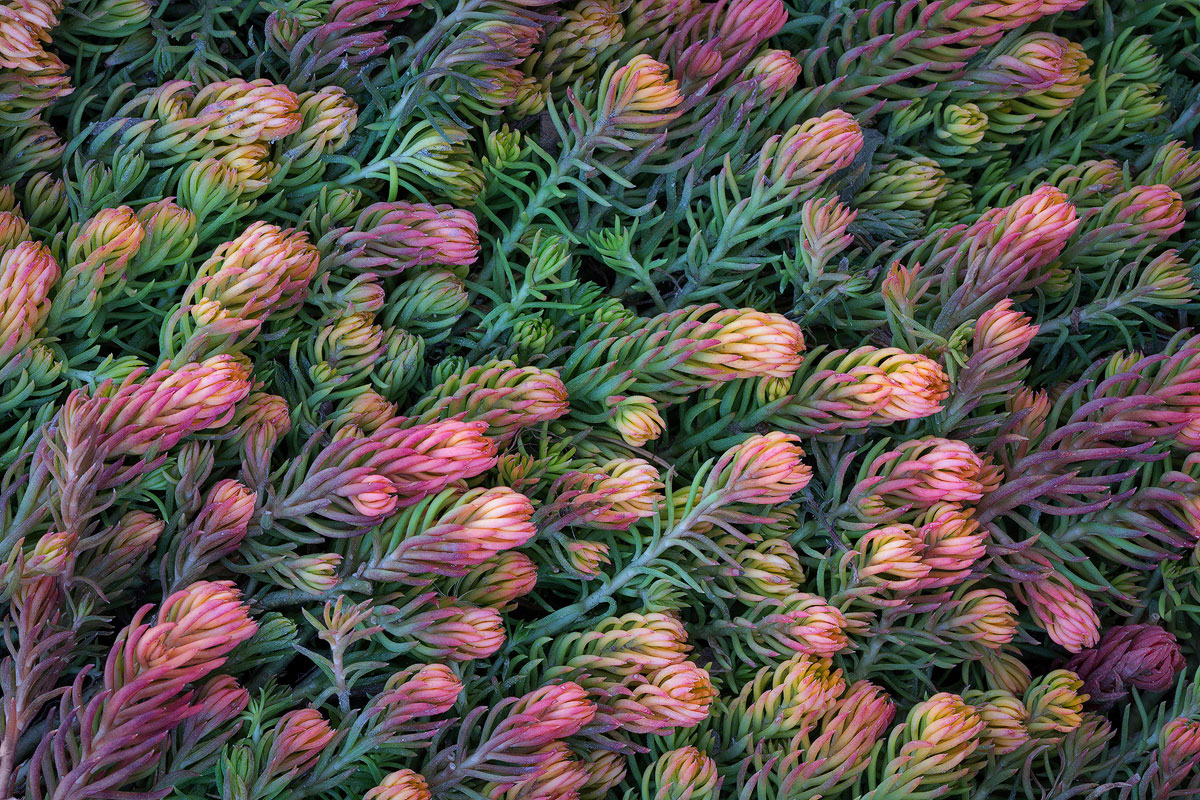
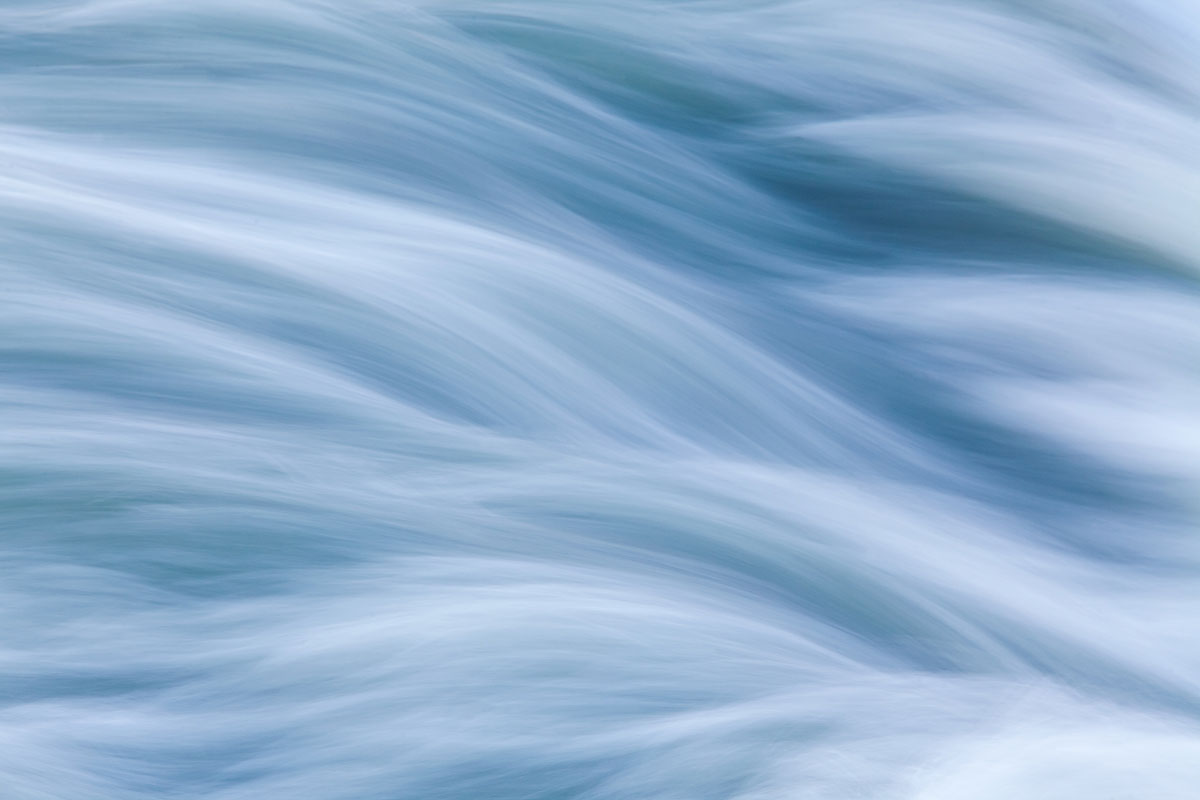
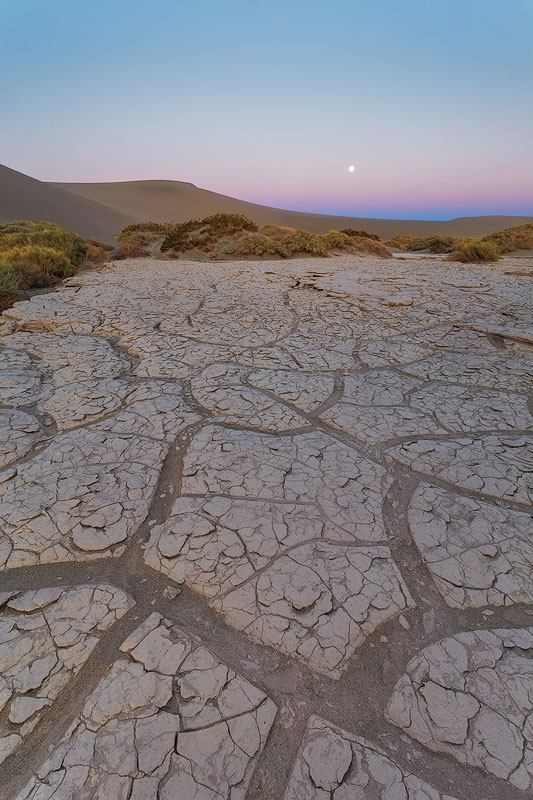
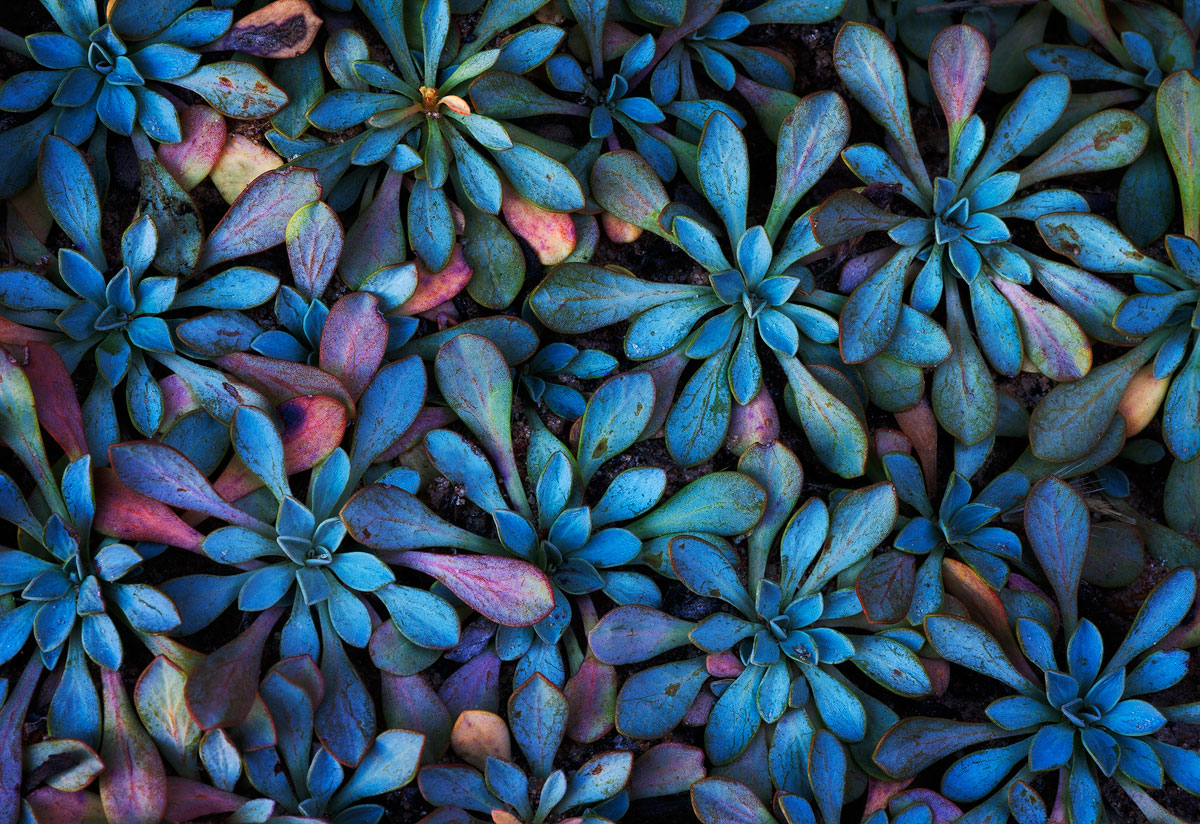
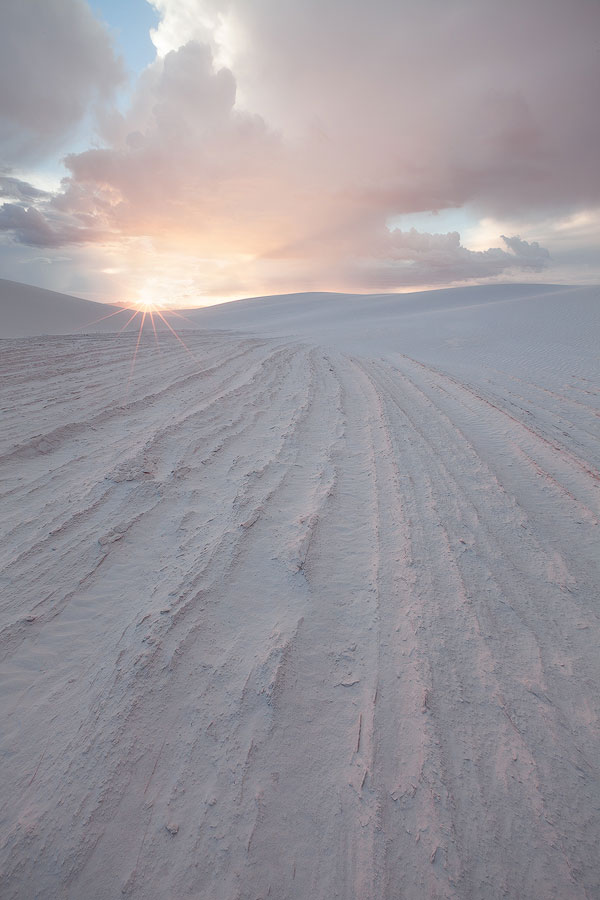
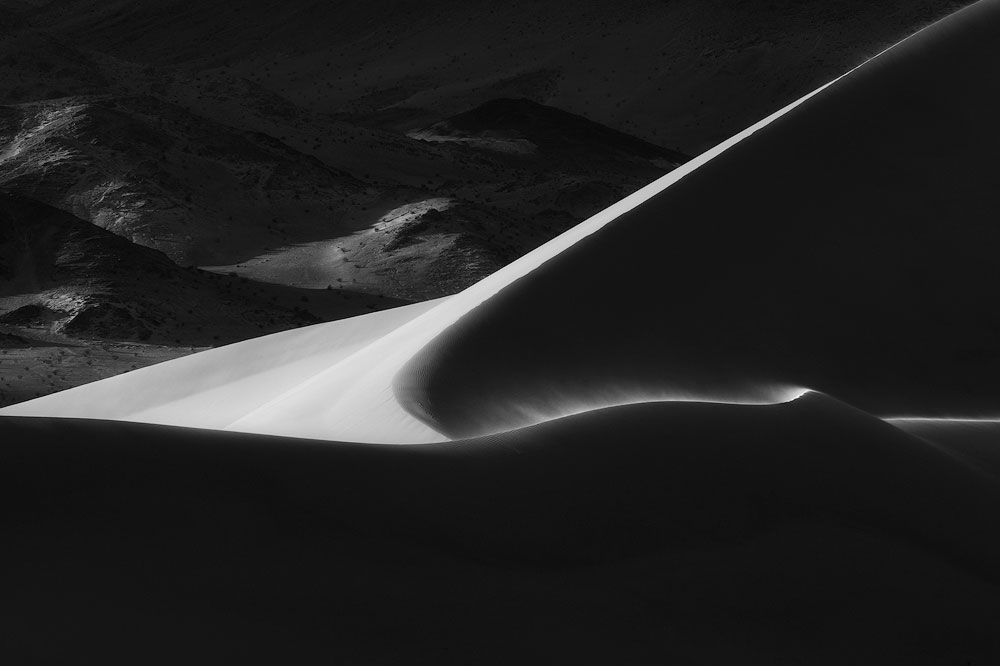
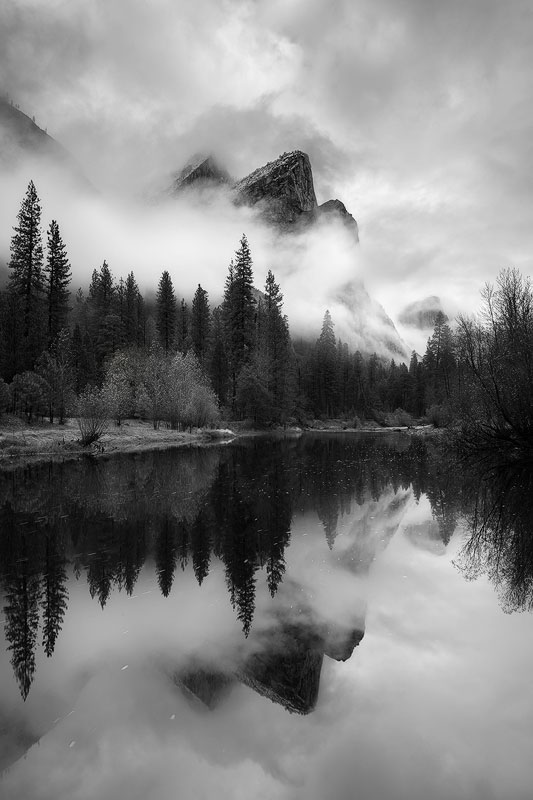
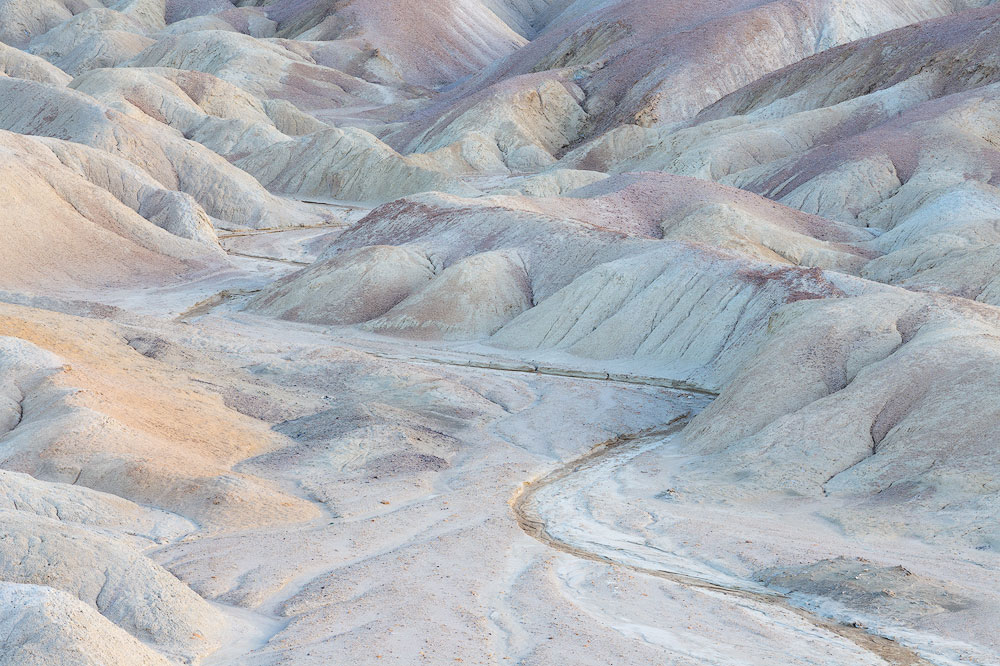
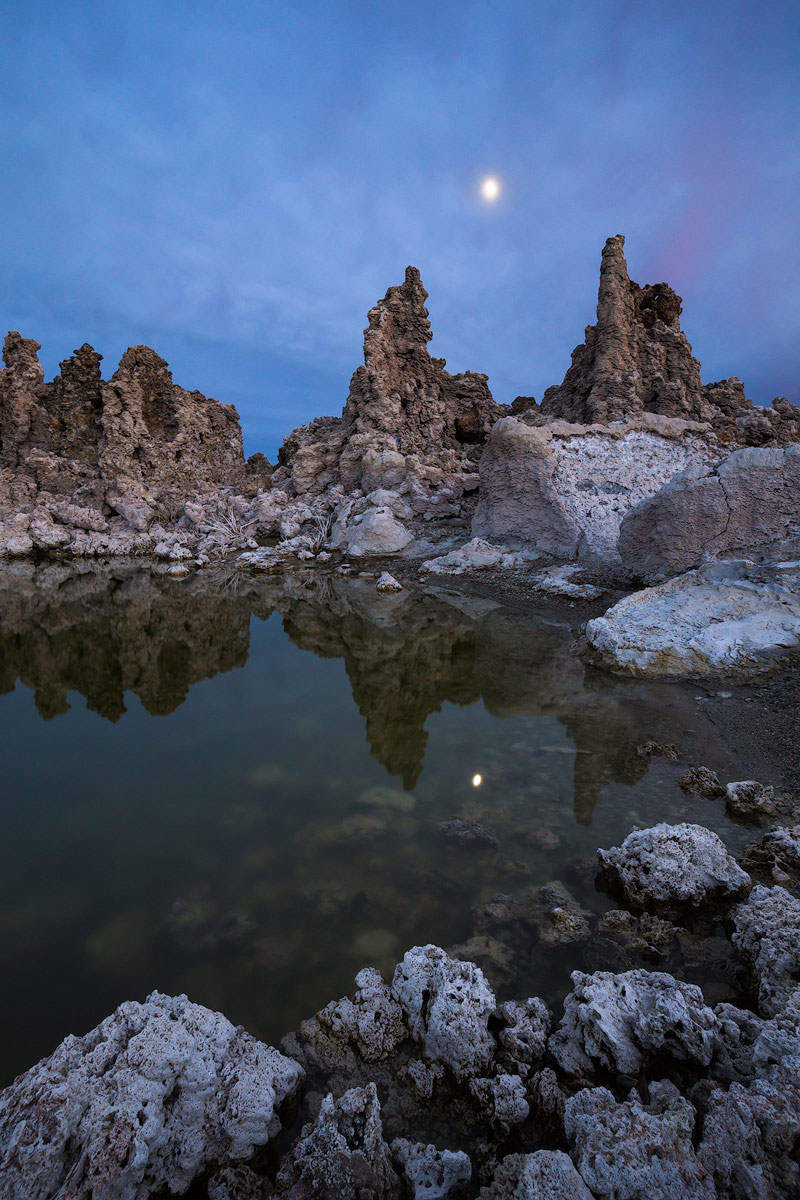

I would love how to use my camera. I do not know how to use the buttons on it.. I am 65 years old and would like to make it my hobby to give me something to do.
Sara, Your work is incredible. I'm looking forward to taking the photo challenge and learning more about photography, myself and seeing how far I can go.